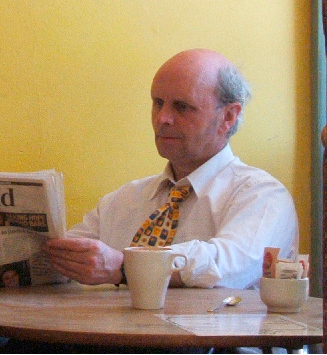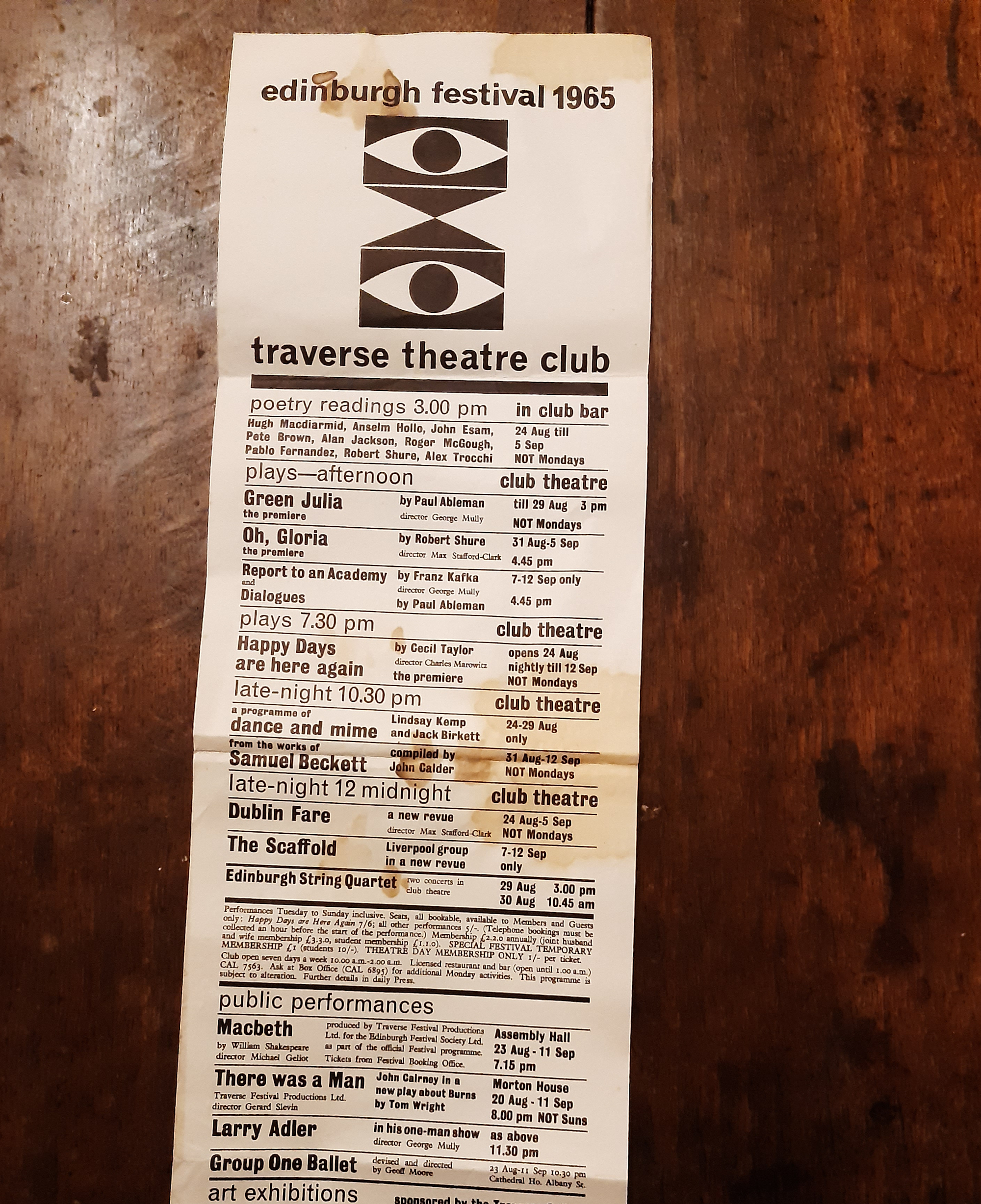David J Black: Is the real Edinburgh Festival just a fading dream?

David J Black
Putting aside the well worn fact that remembrance of things past can be delusional and misleading – madeleine cake dipped in tea, long hot summers on the beach when one was ten, definitely more butterflies and, for sure, much more succulent strawberries, first kiss etc. etc. - we should interrogate that inescapable syndrome and ask ourselves whether it is legitimate or wise to compare Edinburgh’s earlier Festivals to those on offer now? Of course it’s not. So here goes.
The true ancients out there may just recall that Edinburgh beat Oxford in 1947 as the setting for an International Festival of Arts and Culture under the leadership of impresario Rudolf Bing, who fled Nazi Vienna in the 1930s, and became a British citizen the year after the war ended. He was loyally supported by an unusually far-seeing lord provost, John Falconer.
The proposed “flowering of the human spirit” announced in The Scotsman a few weeks after the war ended was enthusiastically received. “A short but brilliant season of three weeks or a month” was envisaged in which “famous theatre companies, noted British, American, and continental orchestras, conductors and soloists, and representative Russian ballet would be brought to the city”.
In those days Edinburgh was anything but Las Vegas. A drab, grey place where the pubs were shut on Sunday, it had a single eating house of note, Crawford’s Tearooms on Princes Street. Thanks to the Festival, others followed – L’Aperitif, the Manhattan Cafe, Khushi’s Indian restaurant by the university, and the daringly named Conspirators in Bruntsfield, which stayed open until midnight.

The Festival was all about reconciliation and the healing of war-devastated Europe. It also rescued Edinburgh from its sullen urban mediocrity. Despite rationing and austerity, the mood was relentlessly up-beat. When the ministry of Fuel and Power refused to allow the castle to be floodlit for the inaugural event offers of coal flooded in! The government soon relented. The Ministry of Food opened up discussion with the Festival Society to ensure that visitors would have enough to eat. Money was also in short supply – that first festival was part funded by the £10,000 winnings of Lord Roseberry’s racehorse, Ocean Swell, the equivalent of almost half a million today.
The great maestro Bruno Walter declared “What you have seen here in Edinburgh is one of the most magnificent experiences since the war. Here, human relations have been restored.” He would go on to conduct the Vienna Philharmonic Orchestra in Song of the Earth by Mahler, with Kathleen Ferrier and Peter Pears. Drama was represented by, besides Shakespeare’s Taming of the Shrew and Richard II and Moliere’s L’ecole des Femmes, James Bridie’s The Anatomist.
The second year of the Festival was even more ambitious. Bridie collaborated with Robert Kemp and the director Tyrone Guthrie on a ground-breaking version of Sir David Lyndsay’s medieval masterpiece, Ane Satyre of the Thrie Estaitis in a remodelled Assembly Hall, while the company of French actor Jean-Louis Barrault and his wife Madeleine Renaud presented Hamlet, among other things, in the Royal Lyceum Theatre. An ad-hoc addition to the official festival had already piggy-backed on the main programme by putting on eight independent adjunct events with such emerging talents as 23 year old Nicholas Parsons. This would become better known as The Fringe.
There are few festival-goers still around who can remember any of the above (Richard Demarco, at 94, being a noted example) There was another flowering in the 1960s, shortly after the American counter-culture guru Jim Haynes opened Britain’s first paperback bookshop, near George Square. In 1962 Haynes, along with publisher John Calder and George Orwell’s widow Sonia, organised a massively successful Writers’ Conference with a host of internationally famous authors, among them Norman Mailer, Muriel Spark, Henry Miller, William Burroughs, and Hugh MacDiarmid. The following year an international Drama conference took place, generally remembered for the nude model who was wheeled across the McEwen Gallery on a BBC lighting trolley.
The 60s were undoubtedly ‘touchstone’ years for Edinburgh. The city was now on the international map even outside the Festival. The Beatles played two concerts in 1964; Bob Dylan and Joan Baez one apiece in 1965. But this was the Chatterley decade; controversy was ubiquitous. A photograph was taken outside Haynes’ bookshop of an irate Edinburgh lady burning that infamous D.H Lawrence book deemed unsuitable for wives and servants. The image ricocheted around the world.
There was no halting the march of free expression. In 1963 Haynes, with Richard Demarco, publisher John Calder, and theatre critic Kenneth Tynan, set up the Traverse Theatre in a former Lawnmarket brothel, Kelly’s Paradise. The fare was like nothing Edinburgh had ever known. David Bowie as Harlequin; The Scaffold and the Liverpool poets; Larry Adler on the harmonica; John Cairney reincarnated as Burns; an Irish review directed by Max Stafford-Clark; dance and mime with Lindsay Kemp; Franz Kafka and Samuel Beckett; drawings by Charlton Heston.
The wide ranging performances, often sexually uninhibited, were too much for some, however. Disapproving councillor John D. Kidd likened the sight of a lady’s bare breasts to “being blinded by headlamps”. His complaints were counter productive, naturally. Condemnation by Kidd guaranteed a run of full houses. and was much more effective than any number of rave reviews.
Kidd died in the early 1970s, and was much missed by those he’d condemned for depravity, but he soon had a worthy successor in Councillor Moira Knox, who came up with such wonderful bon-mots as “I’m not a prude, but if nudity was acceptable, we’d all be walking around with no clothes on, wouldn’t we?” Again, any show she attacked would be an instant success, and grateful thespians honoured her with the ‘Moira Award’ for the lewdest performance on the Fringe.








